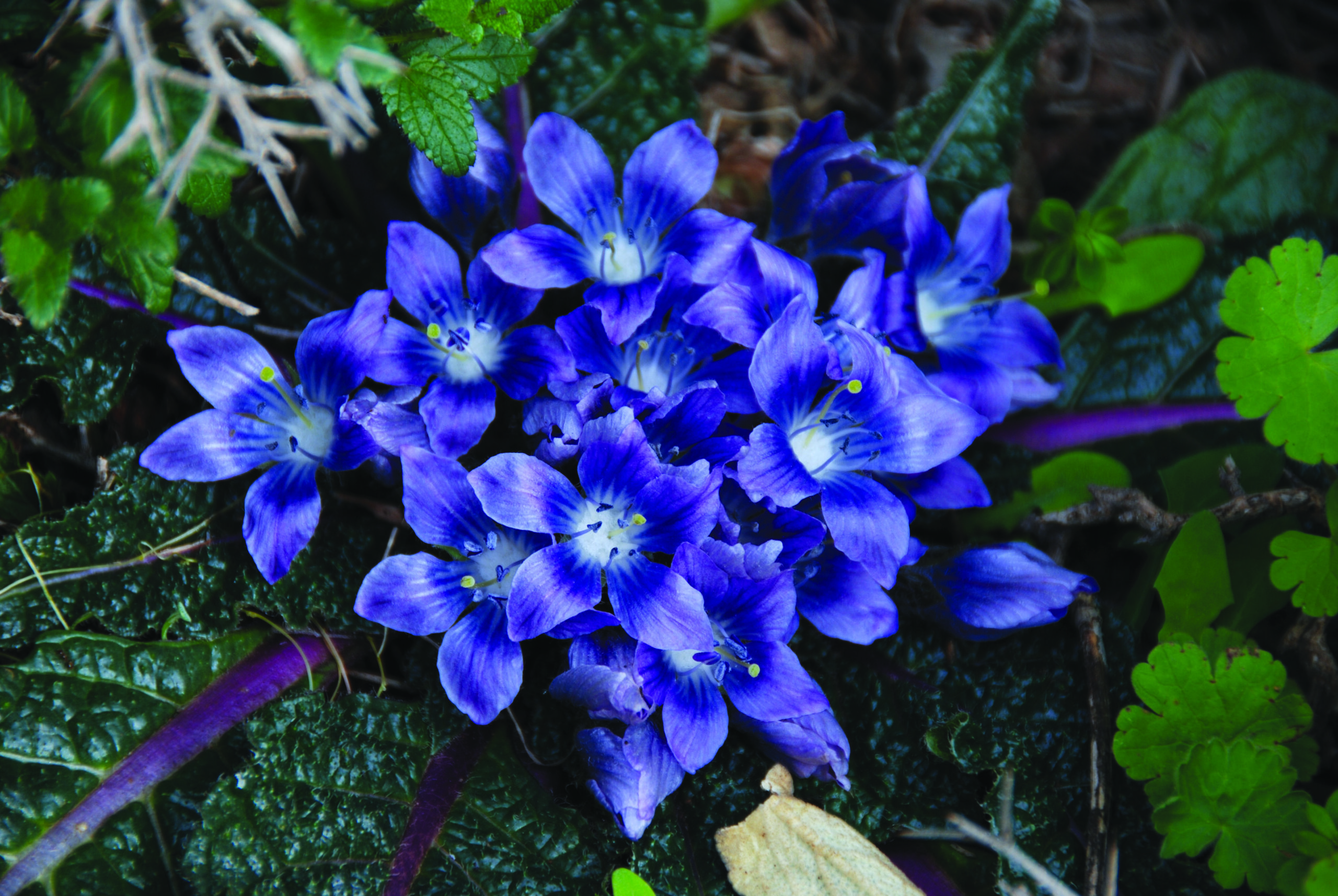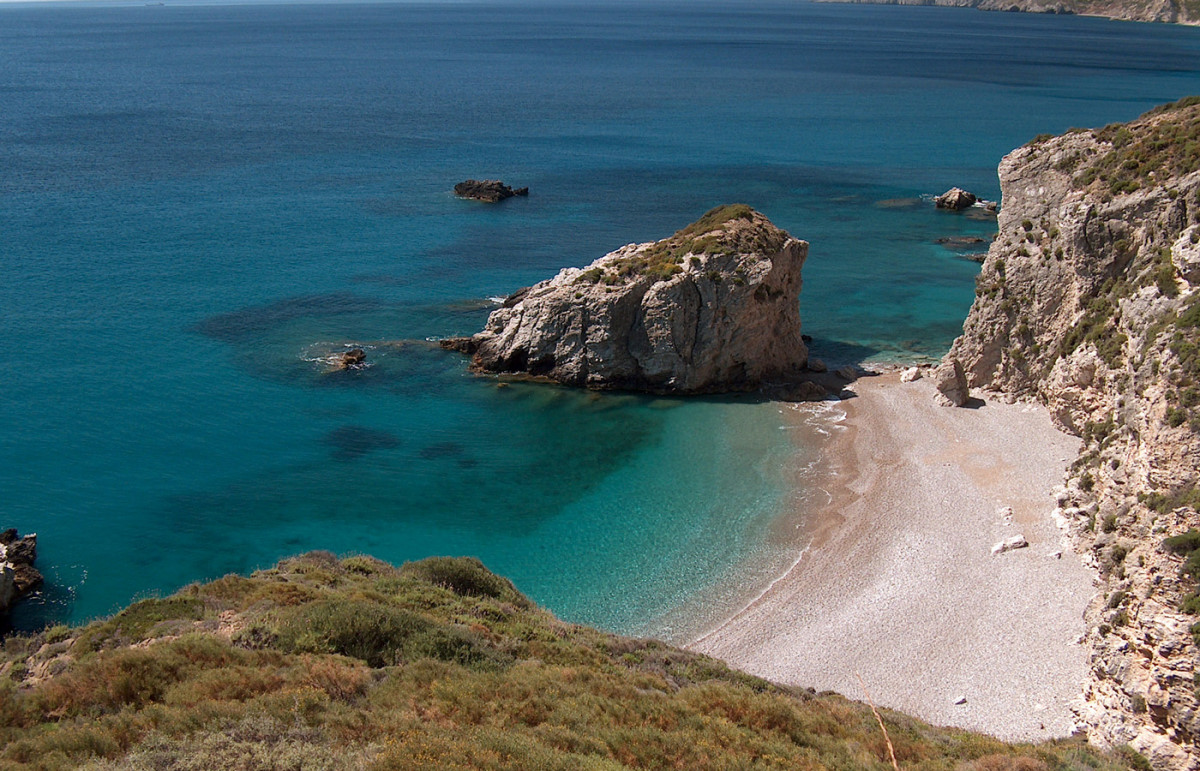It is a plant known since ancient times for its pharmaceutical substances. It was used for the treatment of various diseases. Theofrastos and Dioskourides mention it. It is mentioned in the Bible for its aphrodisiac properties. Magical properties were also attributed to it and there was a rumor that whoever uproots it, dies. This is due to the fact that its root looks like a human figure and it was considered that he/she held a reincarnated man/woman who had committed suicide. Mandrake’s uprooting was taking place only at night and mostly in full moon. In Kythera, even though there is plenty of it, it is not particularly known for its properties and that’s why there is no local name for Mandrake.
Nombre científico: Mandragora autumnalis
Cueillette: Solanaceae
Kythera Nombre: -
Nombre en otros lugares de Grecia: Mandragoras, Mantragoras, Mantragkouda, Thanatohorto (Chios island), Kalanthropos, Arkanthropos
Colección: Its leaves are collected in spring and summer while its root is collected in autumn.
Properties: It is only for exterior use because it is toxic. Its leaves and root are being used as poultice with analgesic property against rheumatic and joint pains. Furthermore it is used in skin disorders. Today, mandrake’s use is limited.
¡Atención! It is very toxic and dangerous for the body. Internal use is excluded.




